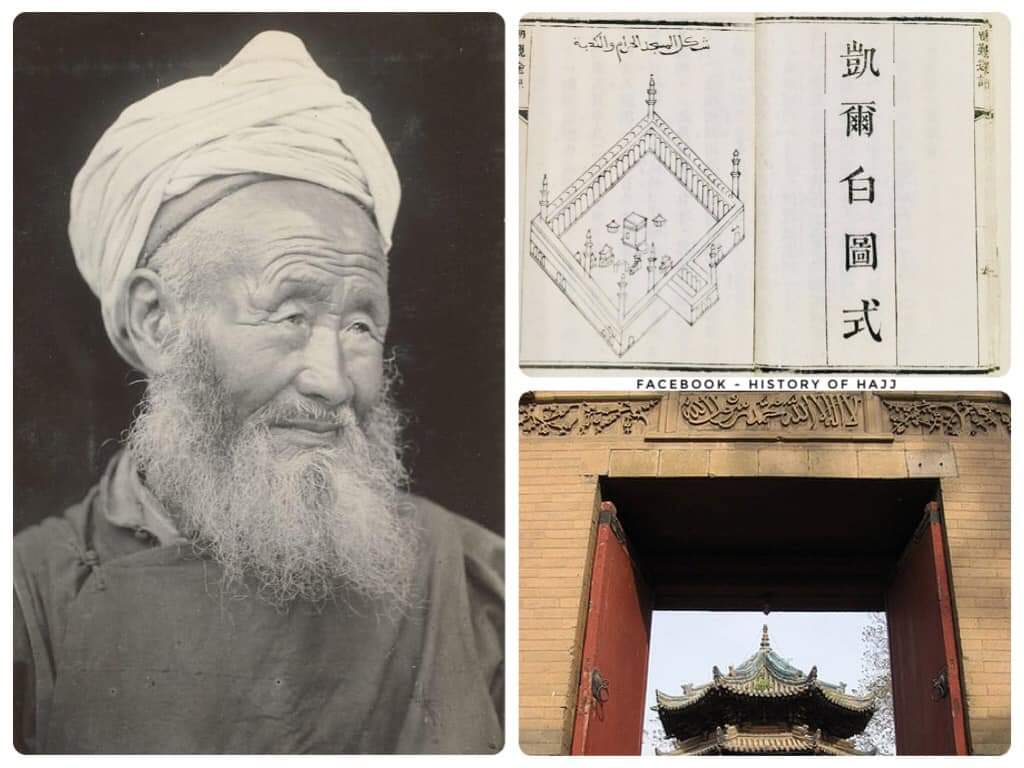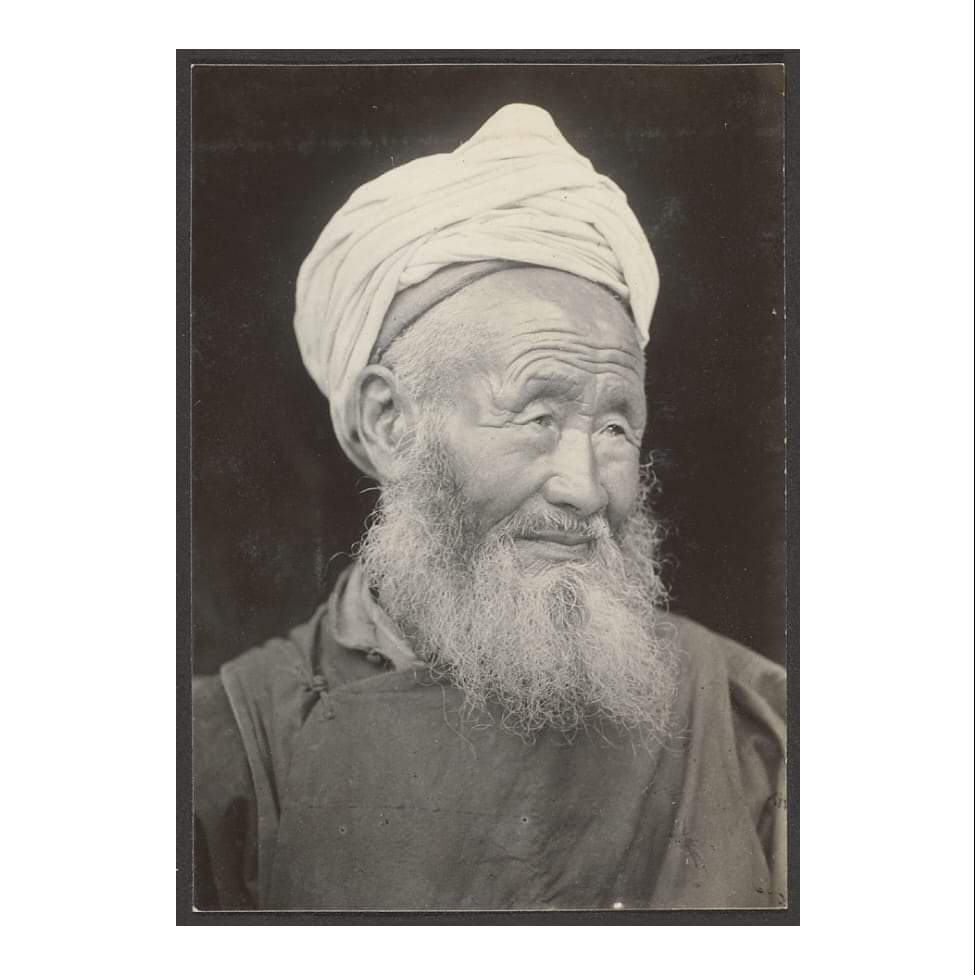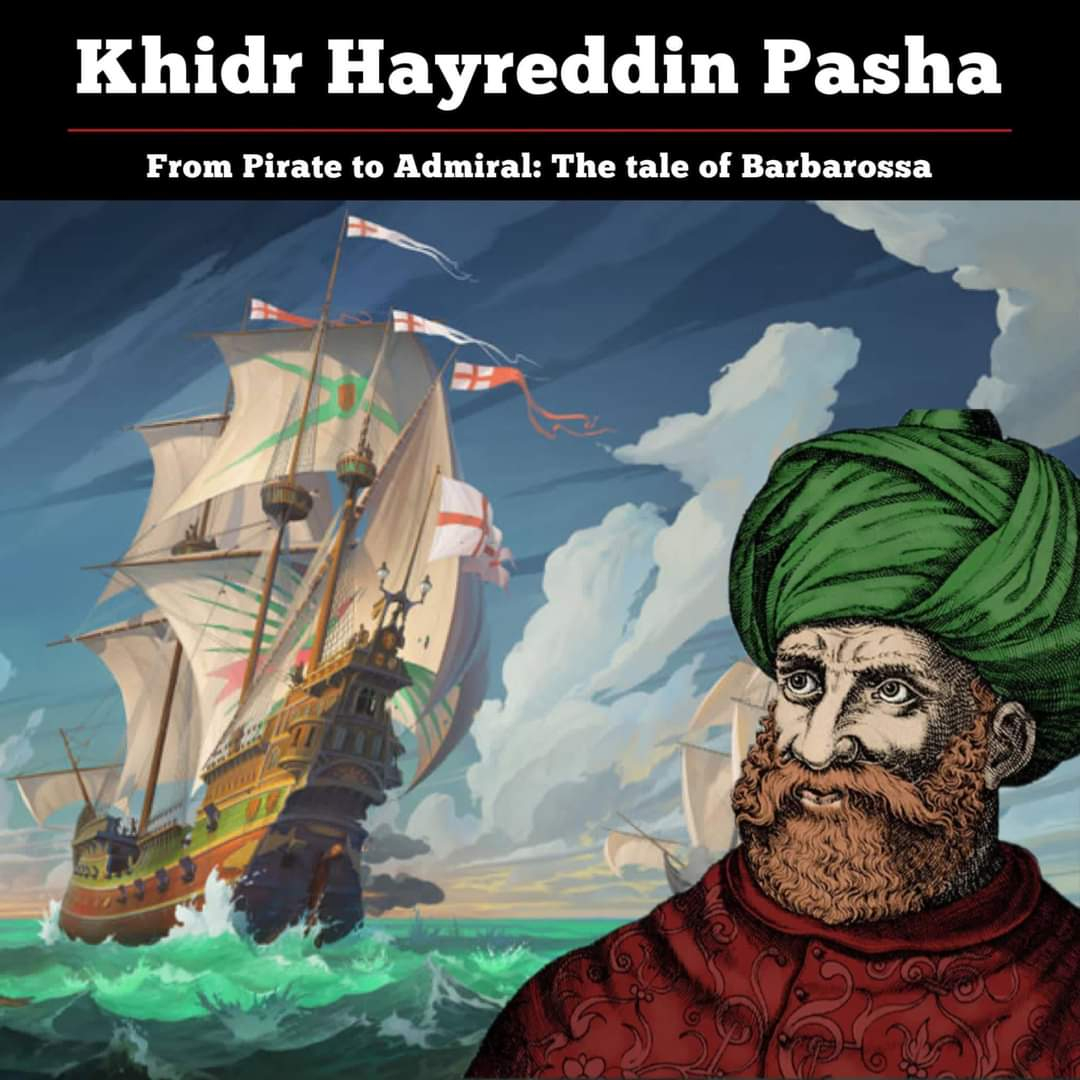Yusuf Ma Dexin, a Hui Chinese Hanafi-Maturidi scholar from Yunnan, was known for his expertise in Arabic and Persian languages and profound understanding of Islam. He was also known as Ma Fuchu in Chinese.
In 1841, Yusuf Ma embarked on the Hajj pilgrimage, his departure from China caused disruptions due to the First Opium War. He accompanied a contingent of Muslim merchants who traveled overland, crossing the Sipsong Panna and then a riverboat journey along the Irrawaddy River. They were allowed to embark on a vessel from Yangon, which took them to the Arabian Peninsula.
After performing Hajj and visiting holy cities of Makkah and Madina, Yusuf Ma remained in the Middle East for eight years. He studied at al-Azhar University in Cairo and explored the Ottoman Empire, visiting cities like Suez, Alexandria, Jerusalem, Istanbul, Cyprus, and Rhodes. He died in 1874.
Below is a portrait of Yusuf Ma Dexin, and a Chinese book shows - Shakl Masjid-AlHaram AlKaba.
#ChineseMuslim #islaminchina #historyofhajj #HajjPilgrims
In 1841, Yusuf Ma embarked on the Hajj pilgrimage, his departure from China caused disruptions due to the First Opium War. He accompanied a contingent of Muslim merchants who traveled overland, crossing the Sipsong Panna and then a riverboat journey along the Irrawaddy River. They were allowed to embark on a vessel from Yangon, which took them to the Arabian Peninsula.
After performing Hajj and visiting holy cities of Makkah and Madina, Yusuf Ma remained in the Middle East for eight years. He studied at al-Azhar University in Cairo and explored the Ottoman Empire, visiting cities like Suez, Alexandria, Jerusalem, Istanbul, Cyprus, and Rhodes. He died in 1874.
Below is a portrait of Yusuf Ma Dexin, and a Chinese book shows - Shakl Masjid-AlHaram AlKaba.
#ChineseMuslim #islaminchina #historyofhajj #HajjPilgrims
Yusuf Ma Dexin, a Hui Chinese Hanafi-Maturidi scholar from Yunnan, was known for his expertise in Arabic and Persian languages and profound understanding of Islam. He was also known as Ma Fuchu in Chinese.
In 1841, Yusuf Ma embarked on the Hajj pilgrimage, his departure from China caused disruptions due to the First Opium War. He accompanied a contingent of Muslim merchants who traveled overland, crossing the Sipsong Panna and then a riverboat journey along the Irrawaddy River. They were allowed to embark on a vessel from Yangon, which took them to the Arabian Peninsula.
After performing Hajj and visiting holy cities of Makkah and Madina, Yusuf Ma remained in the Middle East for eight years. He studied at al-Azhar University in Cairo and explored the Ottoman Empire, visiting cities like Suez, Alexandria, Jerusalem, Istanbul, Cyprus, and Rhodes. He died in 1874.
Below is a portrait of Yusuf Ma Dexin, and a Chinese book shows - Shakl Masjid-AlHaram AlKaba.
#ChineseMuslim #islaminchina #historyofhajj #HajjPilgrims
0 Commentaires
0 parts





